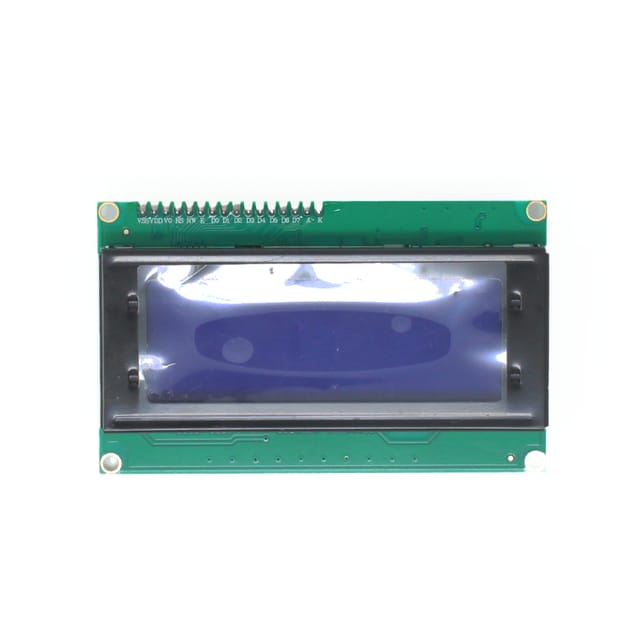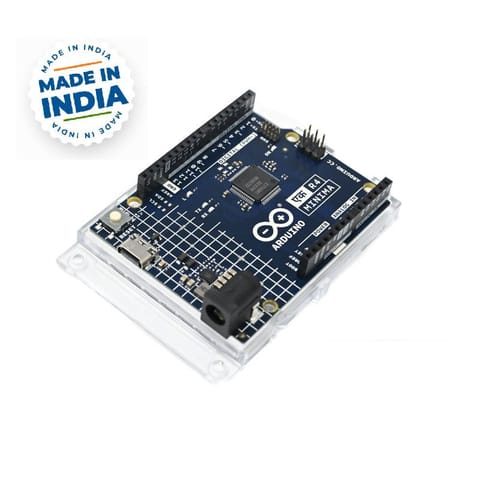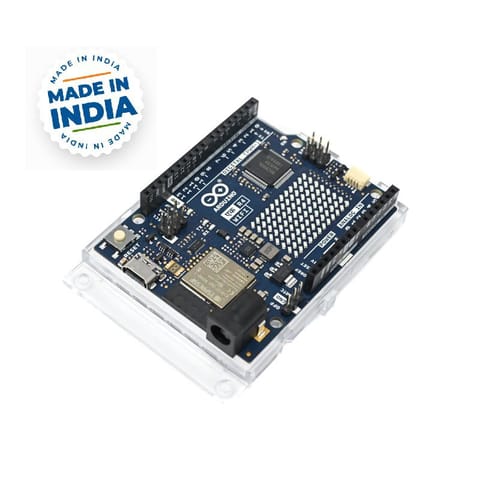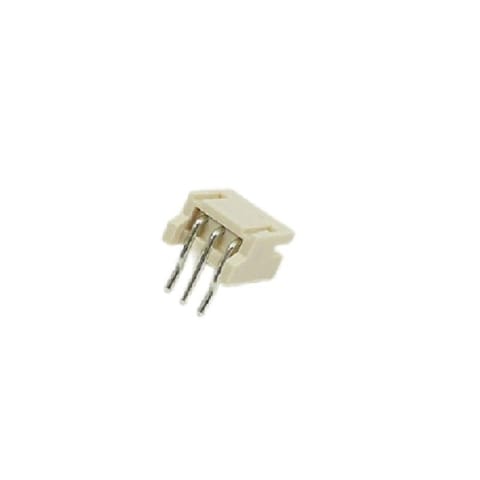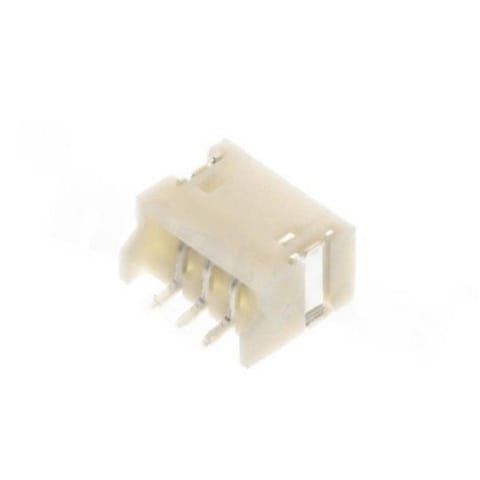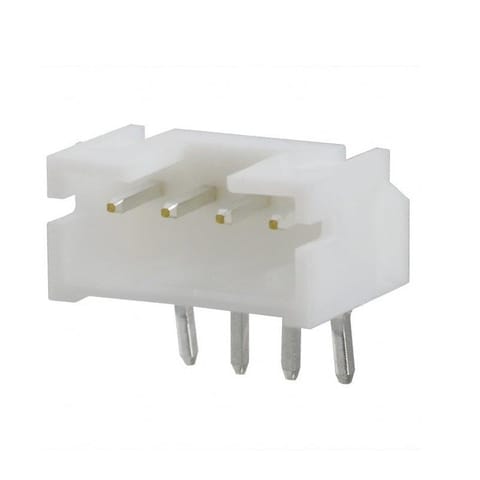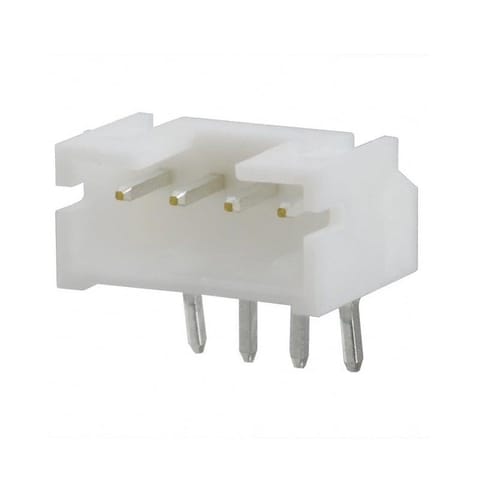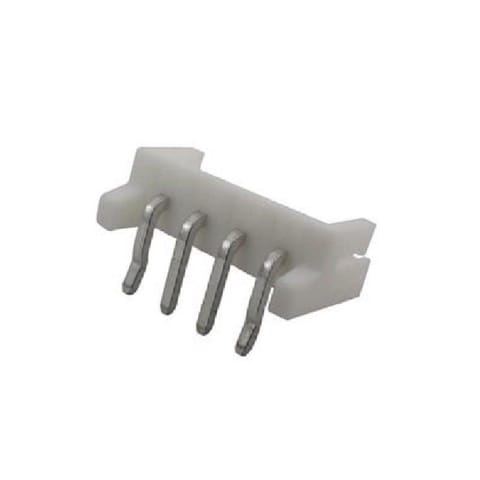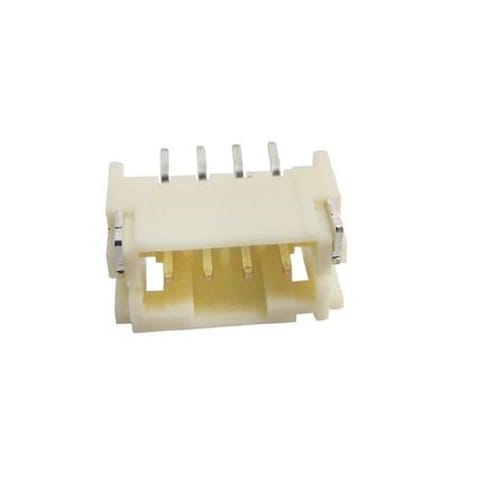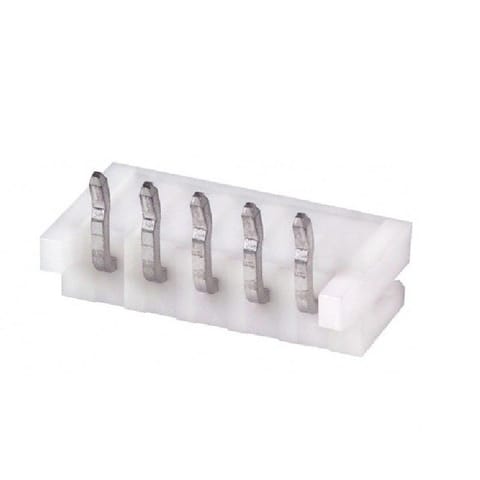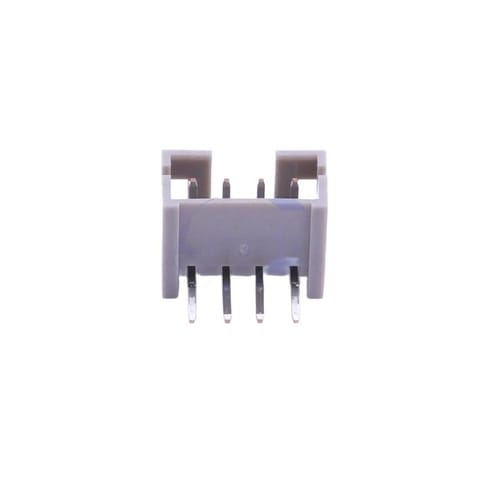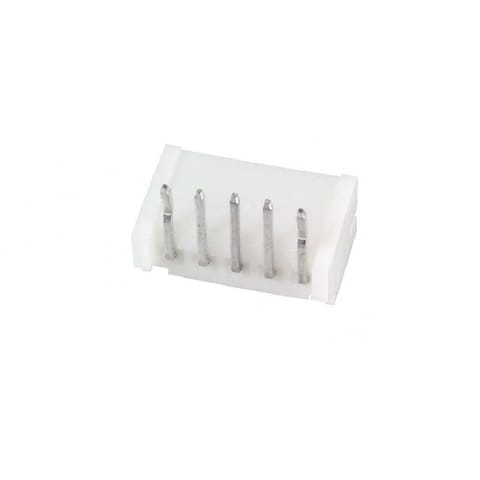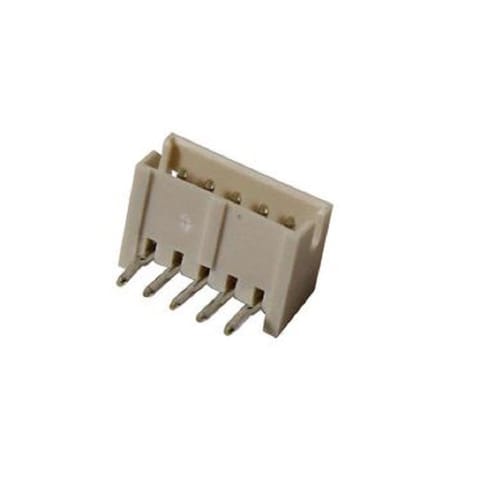- TRANSDUCERS
- TRANSDUCERS
- BASIC COMPONENTS DK
- BASIC COMPONENTS DK
- MARKETPLACE
- MARKETPLACE
- DEVELOPMENT BOARDS & KITS
- DEVELOPMENT BOARDS & KITS
- CABLE ASSEMBLIES
- CABLE ASSEMBLIES
- RF AND WIRELESS
- RF AND WIRELESS
- BOXES ENCLOSURES RACKS
- BOXES ENCLOSURES RACKS
- AUDIO PRODUCTS
- AUDIO PRODUCTS
- FANS-BLOWERS-THERMAL MANAGEMENT
- FANS-BLOWERS-THERMAL MANAGEMENT
- WIRELESS MODULES
- WIRELESS MODULES
- TERMINALS
- TERMINALS
- Cables/Wires
- Cables/Wires
- SINGLE BOARD COMPUTER
- SINGLE BOARD COMPUTER
- BREAKOUT BOARDS
- BREAKOUT BOARDS
- LED
- LED
- TEST AND MEASUREMENT
- TEST AND MEASUREMENT
- DEVELOPMENT BOARDS AND IC's
- DEVELOPMENT BOARDS AND IC's
- EMBEDDED COMPUTERS
- EMBEDDED COMPUTERS
- OPTOELECTRONICS
- OPTOELECTRONICS
- INDUSTRAL AUTOMATION AND CONTROL
- INDUSTRAL AUTOMATION AND CONTROL
- COMPUTER EQUIPMENT
- COMPUTER EQUIPMENT
- CONNECTORS & INTERCONNECTS
- CONNECTORS & INTERCONNECTS
- MAKER/DIY EDUCATIONAL
- MAKER/DIY EDUCATIONAL
- TOOLS
- TOOLS
- MOTORS/ACTUATORS/SOLEENOIDS/DRIVERS
- MOTORS/ACTUATORS/SOLEENOIDS/DRIVERS
- FPGA HARDWARE
- FPGA HARDWARE
- ROBOTICS & AUTOMATION
- ROBOTICS & AUTOMATION
If you want to add some visual output to your Arduino projects, you’ll need a display. If you need only a little to display, the LCD2004 Parallel LCD Display with IIC/I2C interface is a quite good solution.
This Display provides a simple and cost-effective solution for adding a 20×4 White on RGB Liquid Crystal Display into your project. The display is 20 character by 4 line display has a very clear and high contrast white text upon a blue background/backlight.
This is a great blue backlight LCD display. It is fantastic for Arduino-based projects. This Display with Blue Backlight is very easy to interface with Arduino or Other Microcontrollers.
This display overcomes the drawback of LCD2004 Parallel LCD Display in which you’ll waste about 8 Pins on your Arduino for the display to get working. Luckily in this product, an I2C adapter is directly soldered right onto the pins of the display. So all you need to connect are the I2C pins, which show a good library and little of coding.
The I2C is a type of serial bus developed by Philips, which uses two bidirectional lines, called SDA (Serial Data Line) and SCL (Serial Clock Line). Both must be connected via pulled-up resistors. The usage voltages are standard as 5V and 3.3V.
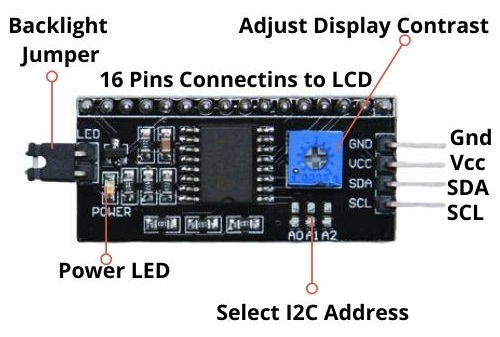
If you already have the I2C adapter soldered onto the board, like in this product, the wiring is quite easy. You should usually have only four pins to hook up. VCC and GND of course. This display works with 5 volts. So we go for the 5V pin.
The values shown on the display can be either simple text or numerical values read by the sensors, such as temperature or pressure, or even the number of cycles that the Arduino is performing.
Note : Actual product may vary in terms of backside LCD PCB design .
If you have an I2C adapter and only want to buy a display, then click below.
LCD2004 Parallel LCD Display
For more displays, click below.
LED/LCD Display
Features :
- Arduino IIC/I2C interface was developed to reduce IO port usage on the Arduino board
- I2C adapter allows flexibility in connections
- I2C reduces the overall wiring.
- 20 characters wide, 4 rows
- White text on a Blue background
- Single LED backlight included can be dimmed easily with a resistor or PWM.
Package Includes :
1 x LCD2004 Parallel LCD Display with IIC/I2C interface
- Home
- MARKETPLACE
- LCD2004 Parallel LCD Display with IIC/I2C Interface
LCD2004 Parallel LCD Display with IIC/I2C Interface
SIZE GUIDE
- Shipping in 10-12 Working Days
Description of product
If you want to add some visual output to your Arduino projects, you’ll need a display. If you need only a little to display, the LCD2004 Parallel LCD Display with IIC/I2C interface is a quite good solution.
This Display provides a simple and cost-effective solution for adding a 20×4 White on RGB Liquid Crystal Display into your project. The display is 20 character by 4 line display has a very clear and high contrast white text upon a blue background/backlight.
This is a great blue backlight LCD display. It is fantastic for Arduino-based projects. This Display with Blue Backlight is very easy to interface with Arduino or Other Microcontrollers.
This display overcomes the drawback of LCD2004 Parallel LCD Display in which you’ll waste about 8 Pins on your Arduino for the display to get working. Luckily in this product, an I2C adapter is directly soldered right onto the pins of the display. So all you need to connect are the I2C pins, which show a good library and little of coding.
The I2C is a type of serial bus developed by Philips, which uses two bidirectional lines, called SDA (Serial Data Line) and SCL (Serial Clock Line). Both must be connected via pulled-up resistors. The usage voltages are standard as 5V and 3.3V.

If you already have the I2C adapter soldered onto the board, like in this product, the wiring is quite easy. You should usually have only four pins to hook up. VCC and GND of course. This display works with 5 volts. So we go for the 5V pin.
The values shown on the display can be either simple text or numerical values read by the sensors, such as temperature or pressure, or even the number of cycles that the Arduino is performing.
Note : Actual product may vary in terms of backside LCD PCB design .
If you have an I2C adapter and only want to buy a display, then click below.
LCD2004 Parallel LCD Display
For more displays, click below.
LED/LCD Display
Features :
- Arduino IIC/I2C interface was developed to reduce IO port usage on the Arduino board
- I2C adapter allows flexibility in connections
- I2C reduces the overall wiring.
- 20 characters wide, 4 rows
- White text on a Blue background
- Single LED backlight included can be dimmed easily with a resistor or PWM.
Package Includes :
1 x LCD2004 Parallel LCD Display with IIC/I2C interface
Related products
NEWSLETTER
Subscribe to get Email Updates!
Thanks for subscribe.
Your response has been recorded.
INFORMATION
ACCOUNT
ADDRESS
Tenet Technetronics# 2514/U, 7th 'A' Main Road, Opp. to BBMP Swimming Pool, Hampinagar, Vijayanagar 2nd Stage.
Bangalore
Karnataka - 560104
IN
Tenet Technetronics focuses on “Simplifying Technology for Life” and has been striving to deliver the same from the day of its inception since 2007. Founded by young set of graduates with guidance from ardent professionals and academicians the company focuses on delivering high quality products to its customers at the right cost considering the support and lifelong engagement with customers. “We don’t believe in a sell and forget model “and concentrate and building relationships with customers that accelerates, enhances as well as provides excellence in their next exciting project.


